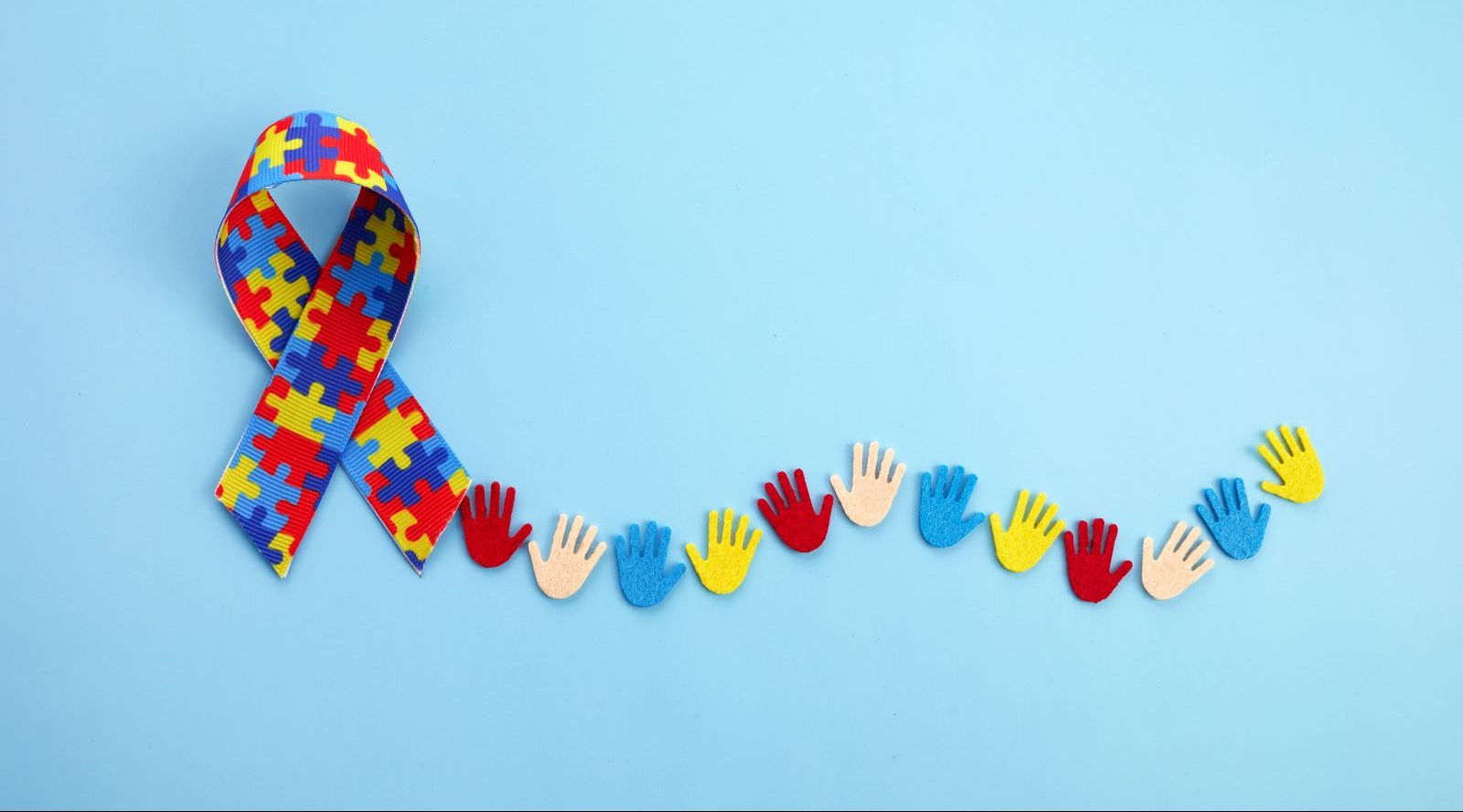Resolving Usual Misconceptions: What You Need To Find Out About Autism Today
Sustaining People With Autism: Ideal Practices in Education and Addition
The assistance of people with autism within educational setups necessitates a nuanced understanding of best methods that promote addition and effective knowing. Stressing structured environments, tailored training techniques, and collective efforts among educators and households can significantly improve the instructional experience for pupils on the range.
Recognizing Autism Spectrum Problem
Autism Range Condition (ASD) is a complex neurodevelopmental problem identified by a variety of difficulties in social communication, interaction, and behavior. autism. People with ASD may display a selection of attributes and signs, frequently causing an one-of-a-kind profile of staminas and difficulties. The range nature of the problem suggests that signs can vary dramatically in severity, with some people calling for significant assistance while others may work individually
ASD normally manifests in very early youth, with indicators commonly observable by the age of two or three. Common features consist of difficulties in recognizing social cues, obstacles in taking part in reciprocal discussions, and a preference for routines or repeated behaviors. Sensory level of sensitivities are also common, impacting how people process and respond to sensory input from their atmosphere.
Understanding these attributes is necessary for cultivating reliable assistance techniques. Accurate recognition of ASD symptoms can lead to prompt treatments that can considerably improve an individual's high quality of life. Furthermore, recognizing the diverse ways in which the problem shows up aids professionals, teachers, and caretakers customize their methods to satisfy the one-of-a-kind demands of each person on the autism range.
Creating Inclusive Knowing Settings
Developing an inclusive understanding setting is essential for supporting individuals with Autism Range Problem and advertising their social and scholastic success. Such atmospheres prioritize approval, understanding, and cooperation amongst all trainees, cultivating a sense of belonging. This approach calls for the energetic engagement of instructors, moms and dads, and peers, developing a neighborhood that values variety and inclusivity.
To attain inclusivity, physical classroom plans must fit different sensory demands, offering silent areas and versatile seating options. Visual assistances, such as schedules and sign cards, can aid understanding and predictability, essential for several students with autism. Executing clear expectations and organized regimens assists reduce anxiety and enhances learning chances.
Partnership among team is essential. Educators ought to participate in continuous specialist growth to better recognize autism and its implications for discovering. Creating partnerships with specialized specialists, such as speech therapists and job-related specialists, can additionally improve the assistance offered to pupils.
Eventually, promoting an inclusive learning setting not only advantages trainees with autism however enriches the academic experience for all students, advertising compassion, respect, and a much deeper understanding of private differences. This collective effort is necessary for growing a helpful and appealing educational ambience.
Reliable Instructing Approaches
To efficiently sustain individuals with Autism Spectrum Problem in the class, educators should use a range of mentor approaches that satisfy the unique discovering designs and demands of these pupils. One effective strategy is making use of aesthetic help, such as photos, layouts, and graphes, which can improve comprehension and retention of info. These devices assist clear up complex concepts and supply a referral point for students.
Furthermore, applying clear expectations and structured regimens can create a sense of stability and predictability, which is critical for numerous individuals with autism. It is additionally helpful to include hands-on discovering chances, as these experiences can foster involvement and useful application of skills.
Separated direction needs to be a cornerstone of teaching methods, enabling educators to tailor lessons to specific toughness and challenges. Using social stories can help in establishing social abilities and understanding social cues, connecting communication spaces.
Finally, normal responses and favorable reinforcement can encourage trainees and reinforce preferred habits. By incorporating these strategies, educators can develop a effective and inclusive understanding environment that supports the growth and development of students with Autism Spectrum Disorder.
Working Together With Communities and family members
Efficient partnership with communities and households plays an essential duty in supporting people with Autism Range Condition. Involving them in the decision-making procedure guarantees that educational strategies are customized to private toughness and obstacles.
Institutions ought to help with open interaction channels, such as normal meetings, workshops, and responses sessions, to promote a sense of neighborhood and count on. In addition, involving community companies can give access to resources and assistance solutions that extend beyond the classroom, enhancing social opportunities and ability growth for people with autism.
Expert growth for teachers should also emphasize the importance of household engagement and community collaboration. Educating on culturally receptive methods can aid instructors better understand and incorporate varied family perspectives. Inevitably, a collective technique not just encourages family members however also improves the discovering experiences of people with autism, creating a supportive environment that promotes their total wellness and success.
Encouraging Social Abilities and Communication
Promoting social abilities and interaction is vital for people with Autism Range Problem, as these skills are fundamental for constructing partnerships and navigating social contexts. Efficient methods for boosting social proficiencies consist of structured social skills training, peer-mediated treatments, and using social stories.
Social abilities training programs can be customized to attend to certain deficits such as starting conversations, recognizing non-verbal hints, and taking turns throughout communications. These programs usually include role-playing circumstances to give functional experience and feedback. Additionally, peer-mediated interventions, where typically creating peers are included, can promote naturalistic social interactions, fostering a supportive setting for people with autism.

Additionally, producing inclusive settings see this here in institutions and neighborhood setups motivates possibilities for social interaction - autism. By promoting understanding and acceptance among peers, the possibility for purposeful communications increases, eventually resulting in higher social capability and psychological health for individuals with autism

Conclusion
Finally, executing finest methods for sustaining people with autism in academic settings is vital for promoting incorporation and understanding. Structured regimens, aesthetic aids, and collaboration among educators, families, and area organizations enhance finding out experiences and address private requirements. Advertising social skills and developing comprehensive settings assists in meaningful interactions. Prioritizing approval and interaction within instructional institutions dramatically enhances the quality of life for students on the autism range, eventually adding to their social and academic success.
The support of individuals with autism within academic settings demands a nuanced understanding of best techniques that advertise addition and reliable knowing.Creating a comprehensive understanding atmosphere is important for sustaining people with Autism my site Spectrum Problem and promoting their social and scholastic success.To efficiently sustain individuals with Autism Range Problem in the classroom, useful site instructors have to employ a variety of teaching strategies that cater to the unique knowing designs and requirements of these students.Efficient partnership with families and communities plays an important role in supporting people with Autism Spectrum Problem - autism. Additionally, peer-mediated interventions, where commonly developing peers are included, can assist in naturalistic social communications, fostering an encouraging environment for people with autism